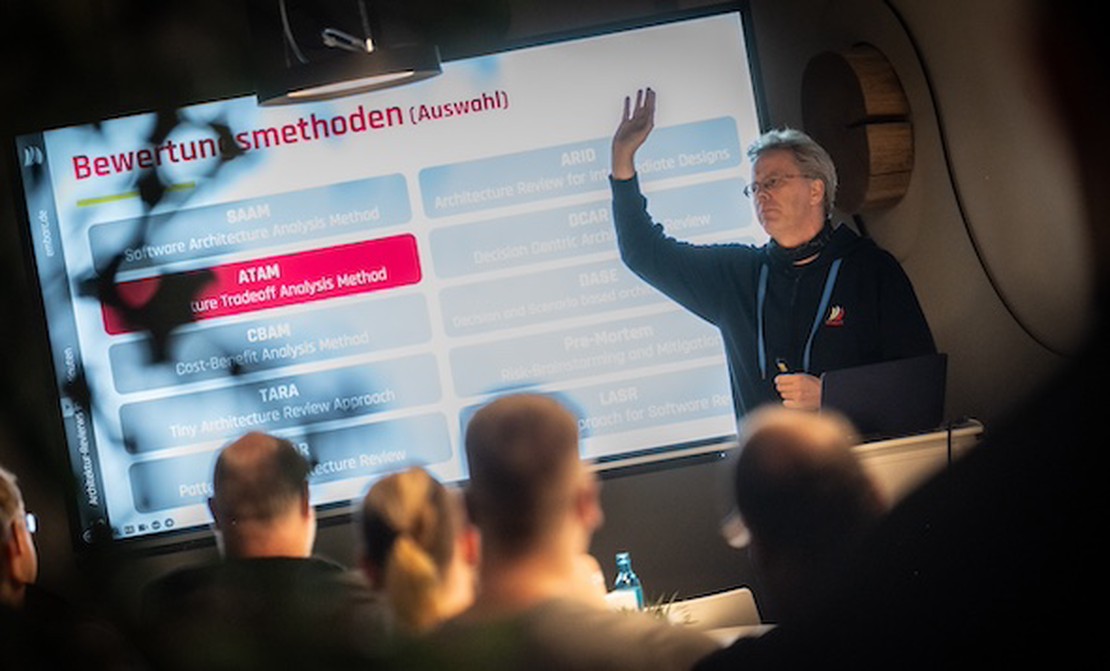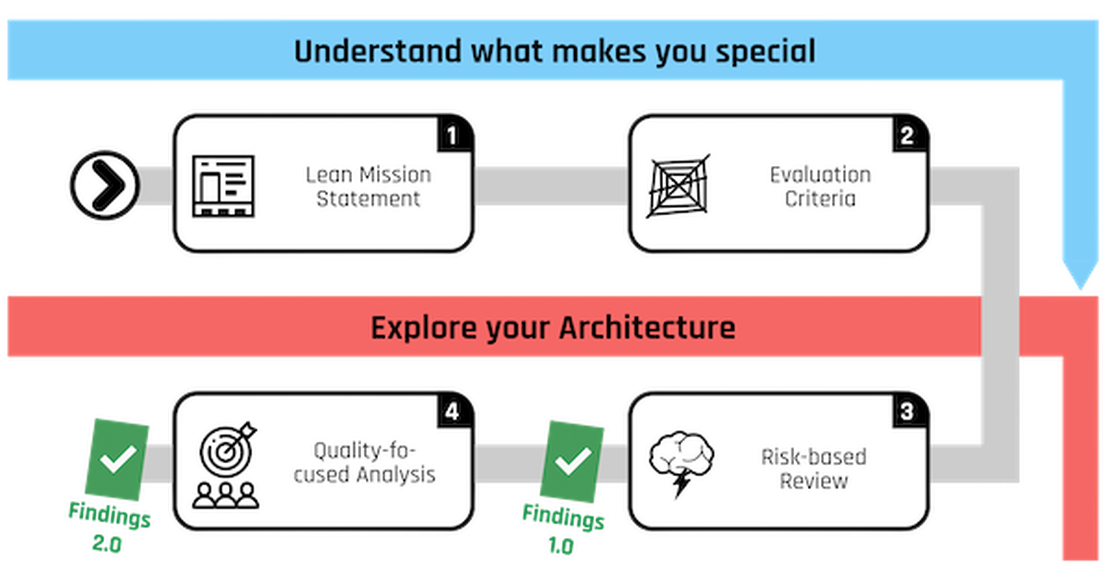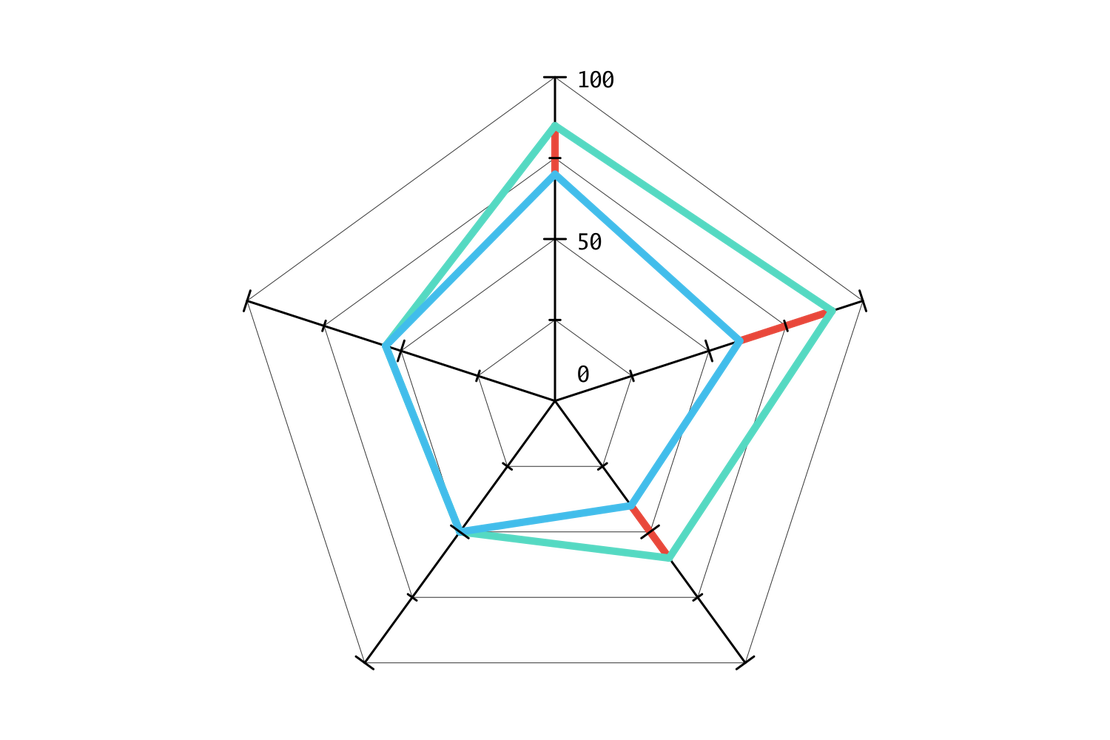LASR (Lightweight Approach for Software Reviews) is a structured and efficient method for software evaluation.
- Leaner and faster than ATAM, yet still goal-oriented
- Works with a small group of participants or even solo
- Delivers quick initial results in just a few hours
- Supports optional deep dives for step-by-step refinement
- Summarizes findings in an easy-to-read spider chart
- Comes with extensive support material for seamless adoption




